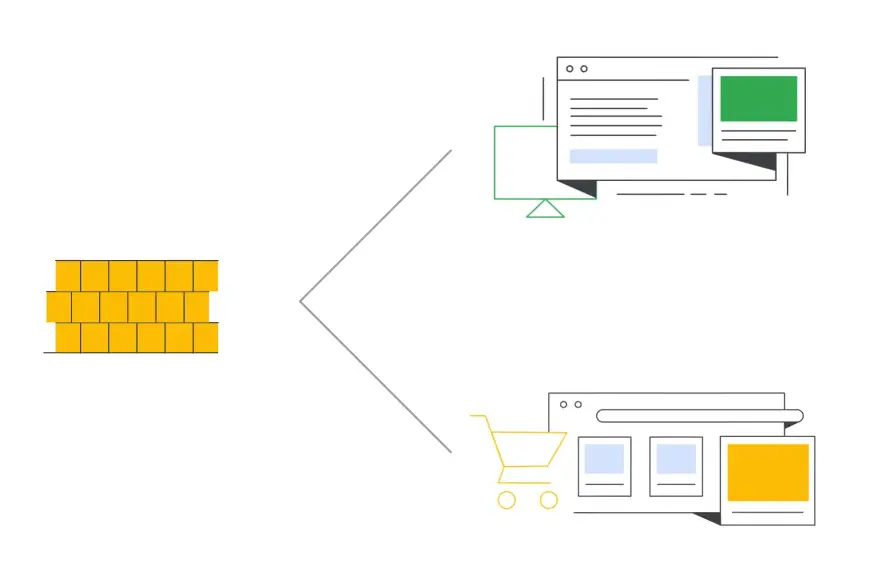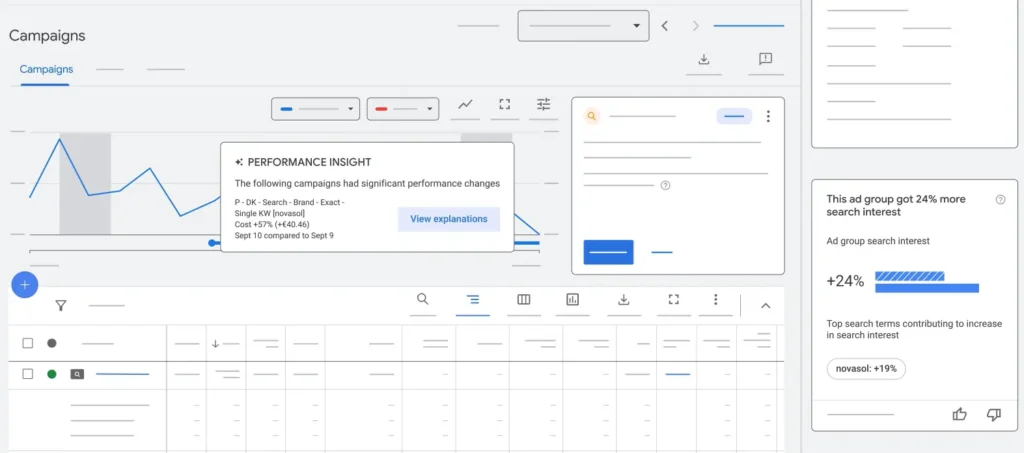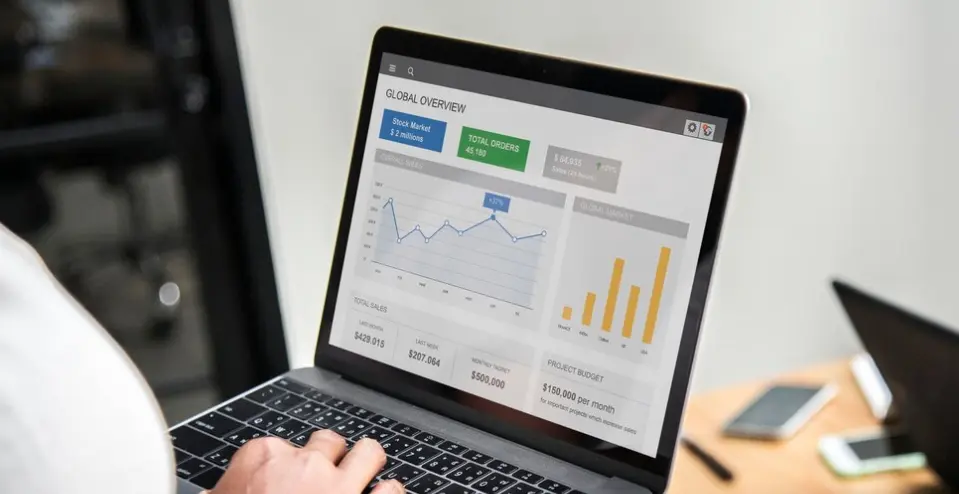Google Ads can be a beast. One minute your campaign is thriving, and the next—crickets. That’s where Smart Bidding comes in.
It’s like having a mini digital strategist working 24/7 behind the scenes to help you get better results without constantly babysitting your campaigns.
In this article, we’ll walk you through what Smart Bidding actually is, how it works, the different strategies under its umbrella, and how to decide if it’s the right fit for your business.
What is Smart Bidding in Google Ads?

Smart Bidding is a subset of automated bid strategies in Google Ads that uses machine learning to optimize for conversions or conversion value in every auction—also known as “auction-time bidding.”
Instead of manually adjusting bids based on guesswork, Smart Bidding automatically sets bids based on data.
It considers a wide range of contextual signals like device, location, time of day, language, browser, and more to tailor bids specifically for each auction.
Think of it as having a data nerd who never sleeps, crunching numbers in the background to help your ads perform better.
How Does Smart Bidding Work?
At its core, Smart Bidding relies on machine learning. It studies past performance data from your account, looks at a ton of signals during each auction, and predicts how likely a user is to convert. Then, it adjusts your bid accordingly.
It’s not magic—but it’s pretty close.
Here’s a simplified breakdown:
- Collects Data: Smart Bidding gathers historical data on your ads and conversions.
- Analyzes Signals: It evaluates contextual signals like the user’s device, time, location, browser, etc.
- Predicts Outcome: Google estimates the probability of a conversion happening.
- Sets Bids: Based on that prediction, Google sets a bid to maximize your desired outcome.
Want to dive deeper into how these signals play out in practice? Take a look at our guide on Google Ads Intelligence.
Types of Smart Bidding Strategies

There’s no one-size-fits-all with Smart Bidding. Here are the main strategies you can use:
Target CPA (Cost-Per-Acquisition)
Sets bids to help get as many conversions as possible at the target cost per action you set.
Perfect if: You want consistent cost per conversion.
Target ROAS (Return On Ad Spend)
Focuses on getting the most conversion value at the ROAS you set.
Perfect if: You care more about revenue than just conversion numbers.
Maximize Conversions
Spends your daily budget to get as many conversions as possible.
Perfect if: You don’t have specific CPA goals and just want to boost conversions.
Update: As of 2025, you can optionally set a target CPA with Maximize Conversions, combining automation with more specific performance control.
Maximize Conversion Value
Uses your budget to get the highest total conversion value (e.g. more revenue).
Perfect if: Your conversions vary in value, like purchases of different priced products.
Update: You can now set a target ROAS even when using Maximize Conversion Value, giving you finer control over profitability.
Enhanced CPC (eCPC)
Adjusts your manual bids to help increase conversions while staying within your budget.
Perfect if: You still want some control but with an assist from Google’s algorithms.
Clarification: ECPC does not allow setting explicit CPA or ROAS targets, unlike full Smart Bidding strategies.
Pros and Cons of Smart Bidding

Pros of Smart Bidding
- Time-saving: You don’t need to micromanage bids daily.
- Auction-time bidding: Google adjusts bids in real-time.
- Data-driven: It considers more factors than a human ever could.
- Better results: Many advertisers see improved performance over time.
- Optional targets for automation: You now have more flexibility with Maximize strategies.
Cons of Smart Bidding
- Learning period: It needs time to gather data and optimize.
- Less control: You’re giving up some manual adjustments.
- Not always predictable: Performance can fluctuate in the short-term.
Still not sure if Smart Bidding’s right for you? Start by understanding your current CTR and impressions—those metrics can help decide your next move.
Recent Enhancements to Smart Bidding You Should Know
Performance Max Campaign Goals
Google has enhanced Performance Max campaigns to support advanced bidding goals, including new retention features and customer lifecycle stages. If you’re focused on re-engaging lapsed customers, Smart Bidding is now more capable of optimizing for these objectives.
Offline Conversion Import Updates
Starting April 30, 2025, Google requires the ‘conversion_environment’ parameter for Offline Conversion Import (OCI) data involving apps. This helps Smart Bidding distinguish between app and web environments for more accurate performance.
Also Read: Google Ads Bidding Strategies to Maximize Your ROI
Conclusion
Smart Bidding is a game-changer for many advertisers—but like any tool, it works best when used with the right strategy. Whether you’re aiming to drive more leads, maximize revenue, or save time managing bids, there’s likely a Smart Bidding strategy that fits your goals.
And hey, if this all still feels a little overwhelming, you’re not alone.
Here at Ostenpowers, our Google Ads experts from Sydney are ready to help you unlock the full potential of Smart Bidding. We’ll craft a customized approach that will fit your goals, saves you time, and drives real results.
Ready to let Google do the heavy lifting—without losing control? Let’s talk!









